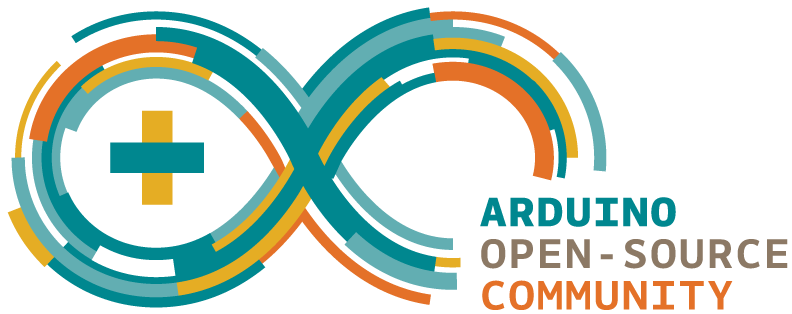Arduino Serial Ports
UART0 is the default serial port which is used for serial programming.
Some arduino’s have more than one serial port and these are called Serial1, Serial2, etc
Setup Serial Port
//----- SETUP SERIAL PORT -----
Serial.begin(9600);
while(!Serial)
; //Leonardo/Micro should wait for serial init
//or
Serial2.begin(9600);
//or
Serial.begin(9600, SERIAL_8N2); //SERIAL_8E1, SERIAL_8O1, etcSending ASCII Text
Serial.print("Hello"); //Write string no new line
Serial.println(my_variable); //Write a value with line break at endSending Variables As ASCII
Serial.print(MyVariable, DEC); //int value
Serial.print(MyVariable, HEX); //hex value
Serial.println(1.23456, 2) //Limit decimal places (gives "1.23")Others see here.
Write Binary Data
Serial.write(0x01);Receive Binary Data
int DataRx;
if (Serial.available() > 0) //Gets the number of bytes available for reading from the serial port (buffer holds up to 64 bytes)
{
DataRx = Serial.read(); //Read next byte (returns -1 if no data available)
}
USEFUL?
We benefit hugely from resources on the web so we decided we should try and give back some of our knowledge and resources to the community by opening up many of our company’s internal notes and libraries through resources like this. We hope you find it helpful.
Please feel free to comment if you can add help to this page or point out issues and solutions you have found, but please note that we do not provide support here. If you need help with a problem please use one of the many online forums.

